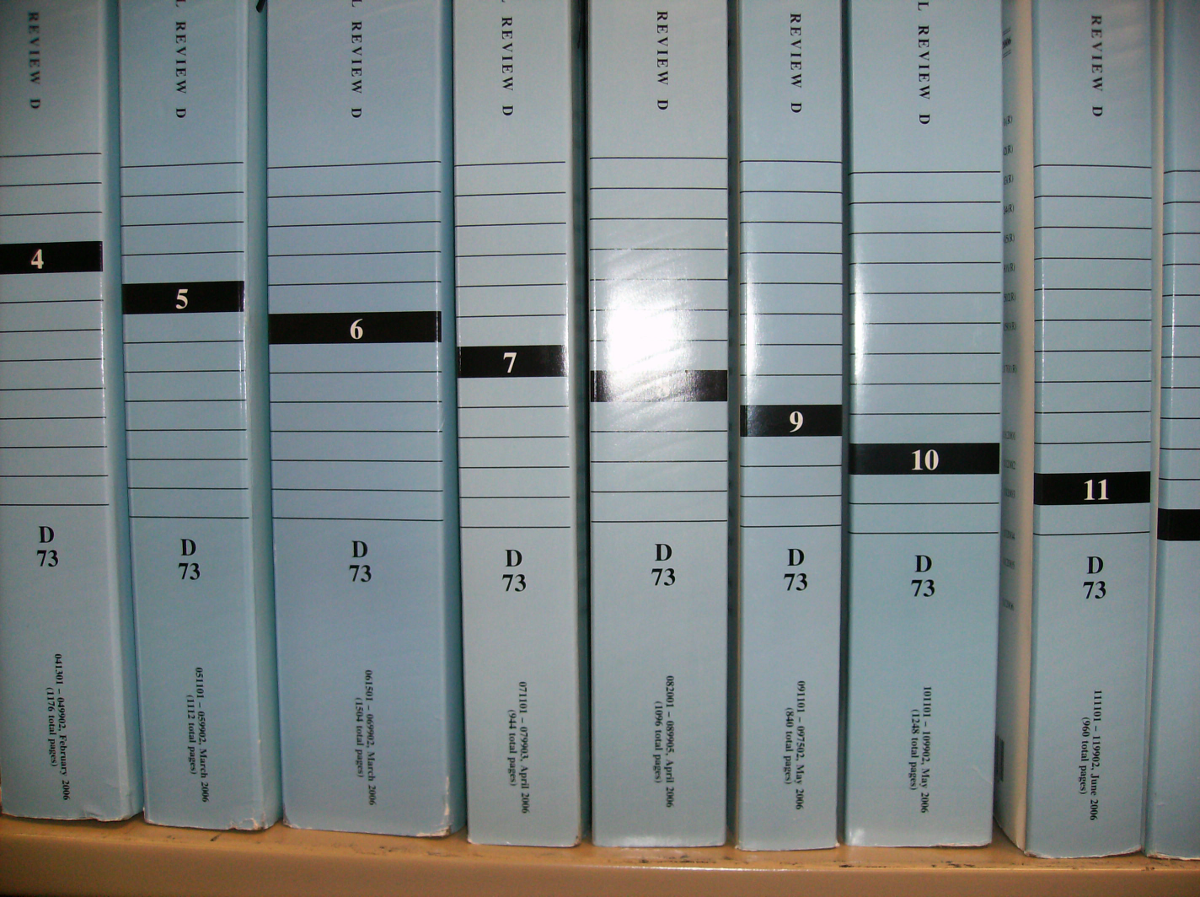This past Tuesday, as part of our Refined Researchers series, I gave a workshop on copyright with an emphasis about how it interacts with the classroom (and some other ideas, all generally meant to help with knowing how to best use it and ask about it). It was a good time from my presenter’s viewpoint, with plenty of attendees from all walks of campus life – faculty, grad, undergrad, and guests – asking good and interesting questions and I hope they enjoyed themselves and learned something. It was a fair number of slides, 90+, with information ranging from copyright history to getting permission to use something, so it would be hard to sum up here. Instead, I am going to include the slides below as a slideshow, and you can download the current draft as a PDF (note, right at 10mb). I am releasing the whole thing Creative Commons 4.0 “With Attribution”, so if you would like to use any of the information or my top-notch fancy drawings in a class, or wherever, feel free. Did I say fancy drawings? Sure did, here’s a quick sample for you:
Try and not be too amazed. Due to something like a fluke, I ended up using a blue trapezoid to represent copyrighted work, with a red one to represent transformed versions, and green circles to represent uses by others. Hopefully simple iconography will help. If any of the diagrams are confusing, though, just email me and I’ll explain a little bit better.
The version below is slightly different from the version presented. There were some attendee submitted questions (and a couple of frequently asked questions) that I had worked into the slides as answer prompts. Those have been omitted due to them needing full context. I’ve made sure to double check a few facts, and have worked in a few attributions better. I have included a section on Distance Learning that had to be cut. I’ve also cleaned up a couple of bits of confusing language, and changed, slightly, the slide order to make sub-sections a little more consistent. As a heads up, there are a few slides where the slideshow makes the formatting funny. I am unsure why, but most are still readable even with the unexpected line breaks.
Classroom Copyright Caper PDF (note, this resizes it to smaller than Google Drive’s method, which makes it several times larger)
You can also access it as a Google Slides document if you think you would like to see it as such. You should be able to save it to your Google Drive account or download it as PPTX file and edit it (you can also click the gear icon on the slide show above for some of these options).
Just reminder, there are currently four Refined Rearchers workshops left in this semester. Click that link to learn more.



